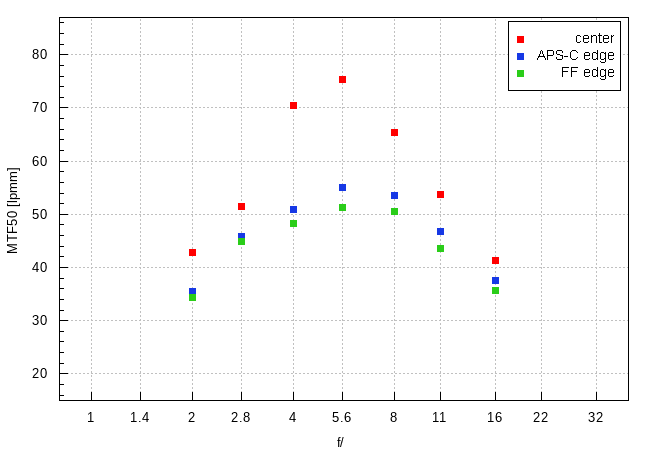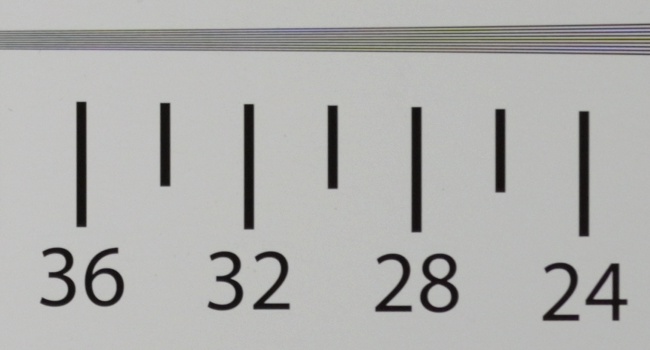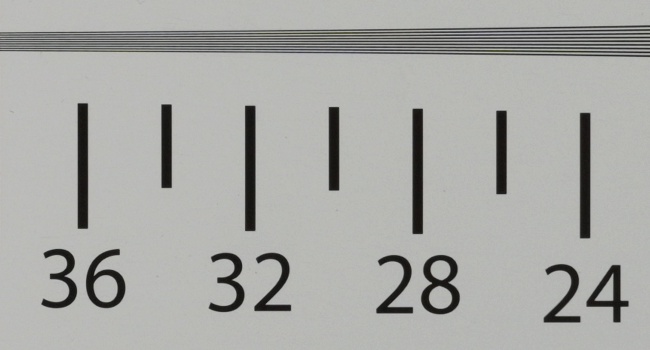Nikon Nikkor Z 40 mm f/2.0
4. Image resolution
Let's check how the Nikkor Z 40 mm f/2 compares – its results in the frame centre, on the edge of the APS-C/DX sensor and on the edge of full frame presents a graph below.

Please Support UsIf you enjoy our reviews and articles, and you want us to continue our work please, support our website by donating through PayPal. The funds are going to be used for paying our editorial team, renting servers, and equipping our testing studio; only that way we will be able to continue providing you interesting content for free. |
- - - - - - - - - - - - - - - - - - - - - - - - - - - - - - - - - - - - - - - - - - - - - - - -
I admit freely that, after looking at this graph I feel as if I moved back in time 15 years – I remember that, when I tested double gauss f/1.8-2.0 lenses, I observed a very similar performance. At the maximum relative aperture these instruments had to struggle in order to exceed the decency level, then MTF50 function values increased and the peak of their possibilities was achieved near f/5.6.
The Nikkor's Z 40 mm f/2 performance fits that scenario to a dot. By f/2.0 it gets to 42.8 lpmm so lands exactly on the borderline of the decency level. By f/2.8 it exceeds 50 lpmm, by f/4.0 it reaches 70 lpmm, and by f/5.6 it reaches a very good value of 75.3 lpmm and a peak of its possibilities. Still, the Nikkor Z 35 mm f/1.8S was able to exceed 82 lpmm and the Nikkor Z 50 mm f/1.8S got to almost 84 lpmm – as you see the tested lens still fares a bit weaker in this area.
The edge of the frame also reminds me of the past. At the maximum relative aperture images are blurry and the edge becomes decently good only after stopping down the aperture to near f/2.5. Then the MTFs increase but rather slowly- they are at their highest near f/5.6 but even there they barely exceed 50 mm, lagging notably behind the performance in the frame centre.
You can't make miracles happen – this saying illustrates the situation well. If you deal with six elements positioned in 4 groups the performance of the lens is as good as it gets. In fact you should be happy that in the frame centre images are sharp across the whole aperture range; also the maximum results of the Nikkor are worth a good prime. Of course you can observe that 10-15 years ago, in order to get the same quality you had to spend 2-3 times less but it's a quite different story.
At the end of this chapter, traditionally, we present crops taken from photos of our resolution testing chart which were saved as JPEG files along the RAW files, used for the analysis above.
| Nikon Z7, JPEG, f/2.0 |
 |
| Nikon Z7, JPEG, f/5.6 |
 |






